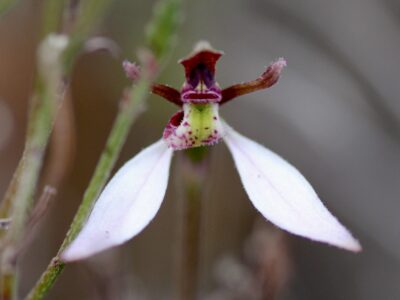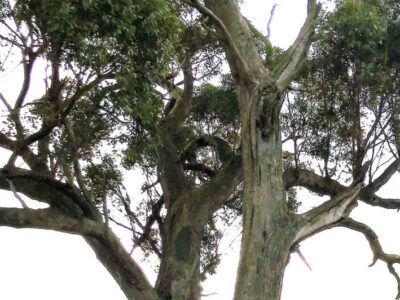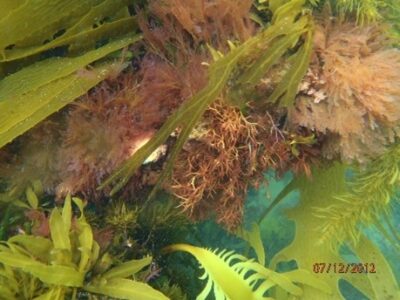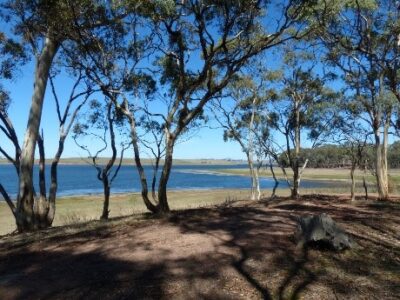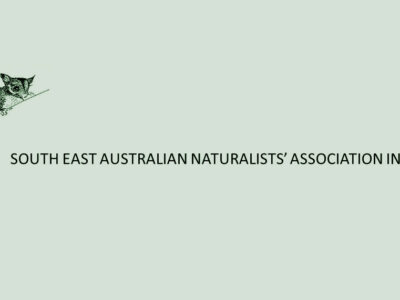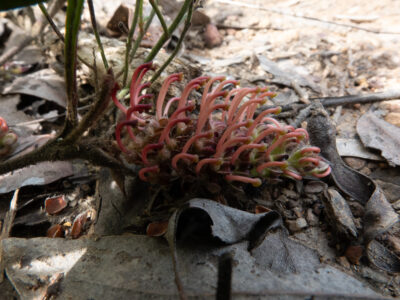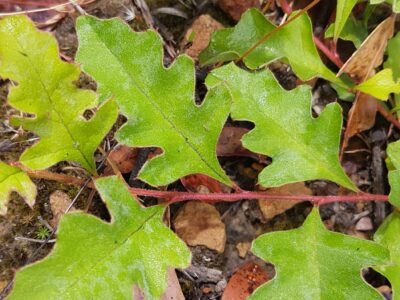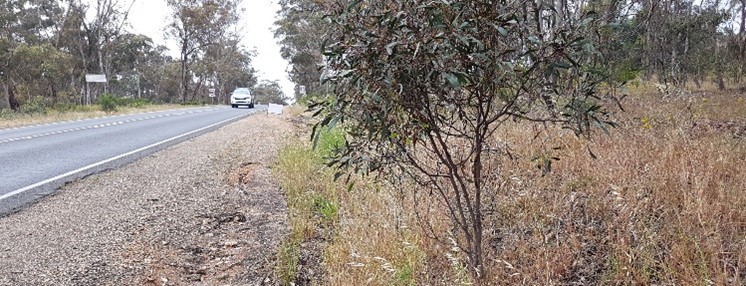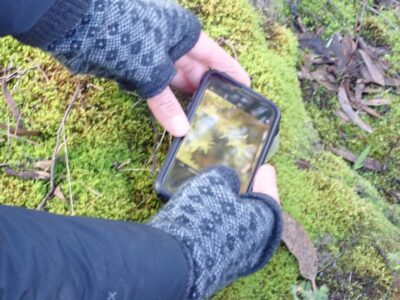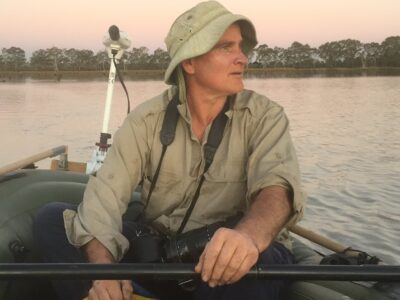Excursion: Saturday April 15th,10.30am, “Autumn Orchids”
Our April excursion will be a combined Castlemaine Field Naturalists Club and Australasian Native Orchid Society visit to several sites in the Maldon-Muckleford area in search of autumn orchids. Meet: Note 10.30am start. Instead of our usual meeting place, we will meet at in the Downes Rd car park adjacent to the Botanical Gardens playground. We plan […]
Excursion: Saturday April 15th,10.30am, “Autumn Orchids” Read More »
